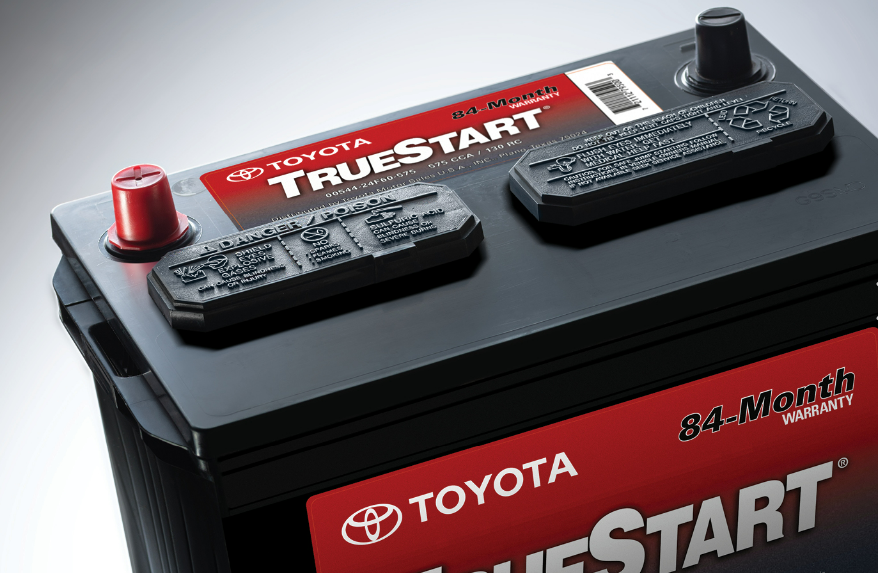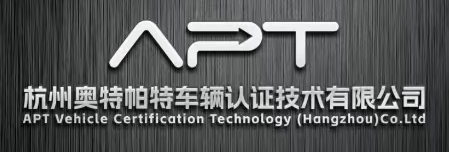
GS 34:2007
LEAD-ACID STARTER BATTERIES USED FOR
MOTOR VEHICLES AND INTERNAL
COMBUSTION ENGINES
机动车启动电池
1- SCOPE AND FIELD OF APPLICATION
This standard is concerned with 6 V and 12 V lead-acid batteries, used primarily as a power source for starting, lighting auxiliary equipment and ignition current of internal combustion engine used in vehicles. These batteries are commonly called “Starter Batteries” or “SLI (Starting, Lighting and Ignition) Batteries”.
It covers both the standard batteries ,the maintenance free (MF) batteries and the low maintenance free (LMF) batteries.
It is not applicable to batteries for other purposes such as the starting of railcar internal combustion engines or the lighting of omnibuses.
2- COMPLEMENTARY REFERENCES
2.1 GSO 35/1984 “Methods of Test for Lead-Acid Starter Batteries Used for Motor Vehicles and Internal Combustion Engines”.
2.2 GSO 686/1997 “Water for Lead-Acid Batteries”.
2.3 GSO 479/1994 “Sulphuric Acid”.
3- DEFINITIONS
3.1 Secondary battery: Voltaic cells which after discharge, can be brought back to its initial (charged) chemical condition by passing a current through it in a reverse direction to that of discharge.
3.2 Lead-acid battery: A secondary battery in which the electrodes are made mainly from lead compound and the electrolyte is a sulphuric acid solution. For the SLI lead acid battery, this battery is provided with plates that contain the following active materials:
--3.2.1 Positive electrode : Lead dioxide.
--3.2.2 Negative electrode: Lead (Spongy lead).
--3.2.3 Electrolyte : Diluted sulphuric acid.
3.3 Standard battery: A secondary battery is considered as being standard when it complies with the requirements of Table 5.
3.4 Maintenance free (MF) battery: A secondary battery which during its service needs no addition of water, known as “topping up”, provided specified operating conditions are fulfilled. It shall comply with the requirements of Table 6.
3.5 Dry charged battery: A secondary battery containing charged plates, but no electrolyte, that may be activated by the addition of suitable electrolyte.
3.6 Heavy duty battery: A secondary battery is considered as being heavy duty battery if it complies with the more severe requirements of life cycle and vibration resistance as described in Table 7.
3.7 Sealed battery: A secondary battery that has no provision for “topping up” of water, but only allows the escape of gases generated in the battery.
3.8 Electrolyte: A solution of sulphuric acid that acts as a medium for ion movement and electric conduction between positive and negative electrodes.
3.9 Plate: A unit that (singly or in groups) is submerged in the electrolyte so that its surface forms the whole or part of one of the electrodes of the cell.
3.10 Active material: The portion of plate in which chemical changes occur by the passage of an electric current through it.
3.11 Separator: A sheet of porous and/or microporous insulating materials placed between the positive and negative plates to prevent shorting and to support the active materials.
3.12 Vent plug: A removable plug, in the standard battery, closing the filling hole, which is also employed to permit the free escape of gas from the cell, the plug shall be provided with a barrier whereby electrolyte spray is arrested.
3.13 Terminal post (Top terminal): A lead alloy post which projects above the lid of the end cell of a battery and from which connection is made to the external circuit or to the end terminal post of another battery.
3.14 Side terminal: A lead alloy terminal allocated at the side of the battery. These terminals have threaded “hard” metal inserts for connection of cables.
3.15 Capacity: The quantity of electricity in ampere-hours that may be taken from a cell or a battery at a given rate of discharge under specified conditions of voltage and temperature.
3.16 Reserve capacity: T The minimum number of minutes that a fully charged battery at 25±2o C can be continuously discharged at 25±1 A to terminal voltage equal to o 1.75 V per cell.
3.17 Activation performance: The cranking performance of a dry charged battery after activating it, with the specified electrolyte.
3.18 Charge acceptance: The charge acceptance is a measure of the rechargeability of a partially discharged battery.
3.19 Charging: The passing of an electric current through the cell so as to bring it to a chemical condition in which it is capable of supplying electricity to an external circuit. The quantity of electricity used for this purpose is called a “charge”, and it is measured in ampere-hours.
3.20 Cranking performance: The amount of time at a given temperature during which the battery can continuously deliver high enough current to crank an engine before falling to a specified cut-off voltage.
3.21 Discharging: The connection of a cell to an external circuit in such a way that electric current flows from the cell into the external circuit, the quantity of electricity taken by this method is called a “discharge”. Discharging is measured in:
Ah (Ampere hours) for C20 (20 hours capacity);
min (Minutes) for RC (Reserve capacity).
3.22 Life cycle: The life of a battery expressed as the number of charge and discharge cycles it can undergo before falling below a specified percentage of its capacity.
3.23 Overcharging: Charging a battery after it has attained 100% charge.
3.24 Self discharge: Loss in capacity over time due to a chemical reaction dependent on the temperature, specific gravity of electrolyte and impurities.
3.25 Vibration test: The ability of a battery to withstand specified physical permanent strains in laboratory tests.
3.26 Water consumption: The loss of water in a battery during overcharge at specified temperature and voltage.
3.27 Head space: The vertical distance between upper level of the inner top surface of the battery lid and the electrolyte level.
3.28 Type tests: Tests carried out to prove conformity with the requirements of this standard. These are intended to prove the general quality and design of a given type of battery.
3.29 Acceptance tests: Tests carried out on samples selected from a lot for the purpose of verifying the acceptability of the lot.
3.30 Lot: All batteries of the same type, design and rating, manufactured by the same factory during the same period, using the same process and materials and offered for inspection at a time, shall constitute a lot.
3.31 Routine tests: Tests carried out on every battery.
3.32 Low Maintenance free battery : A secondary battery type standard battery which shall comply with the requirements of Table 6 .
..............

如果你需要完整版的GS34:2007标准,欢迎联系Jacky Cheng 13958111261



